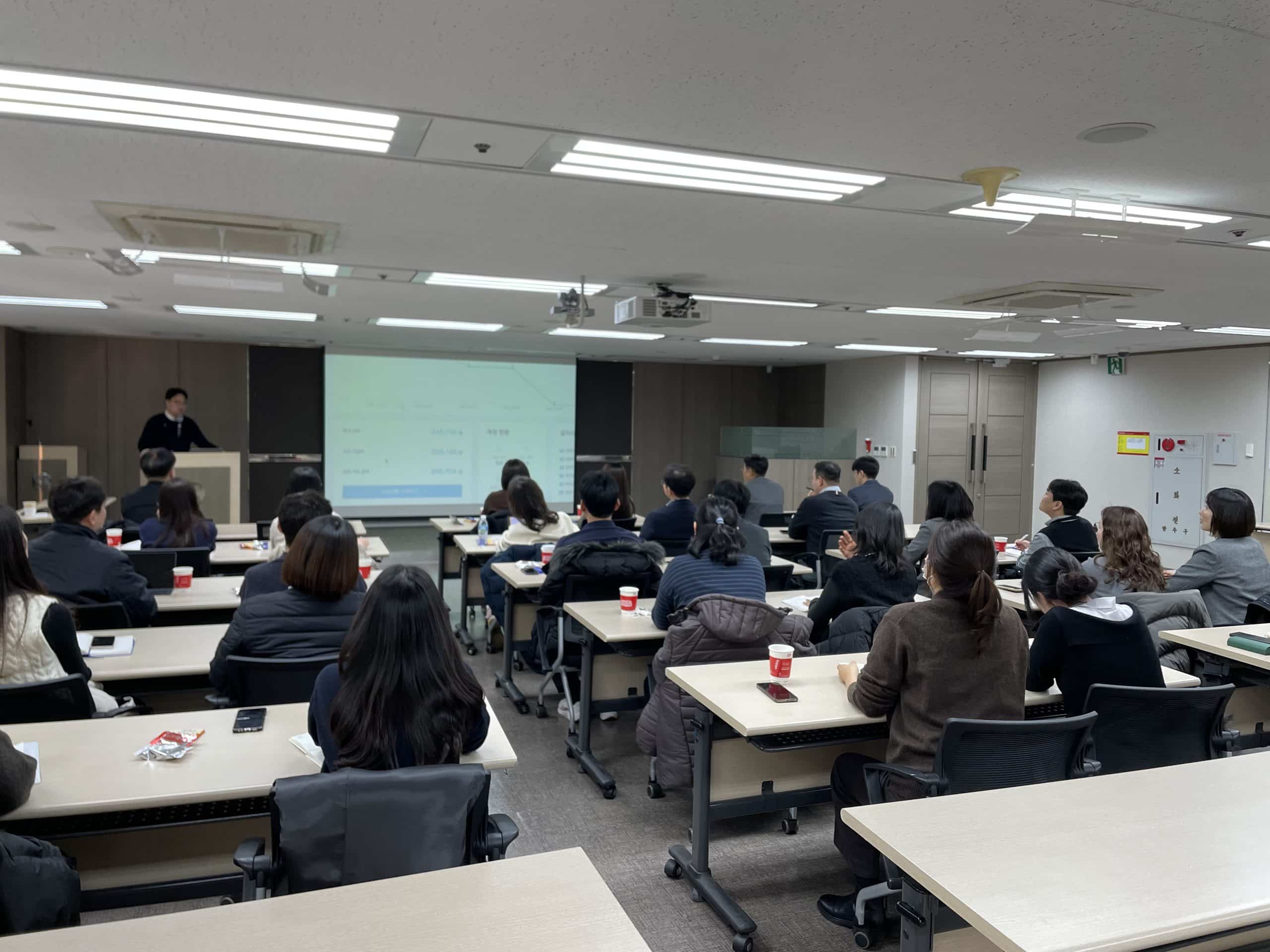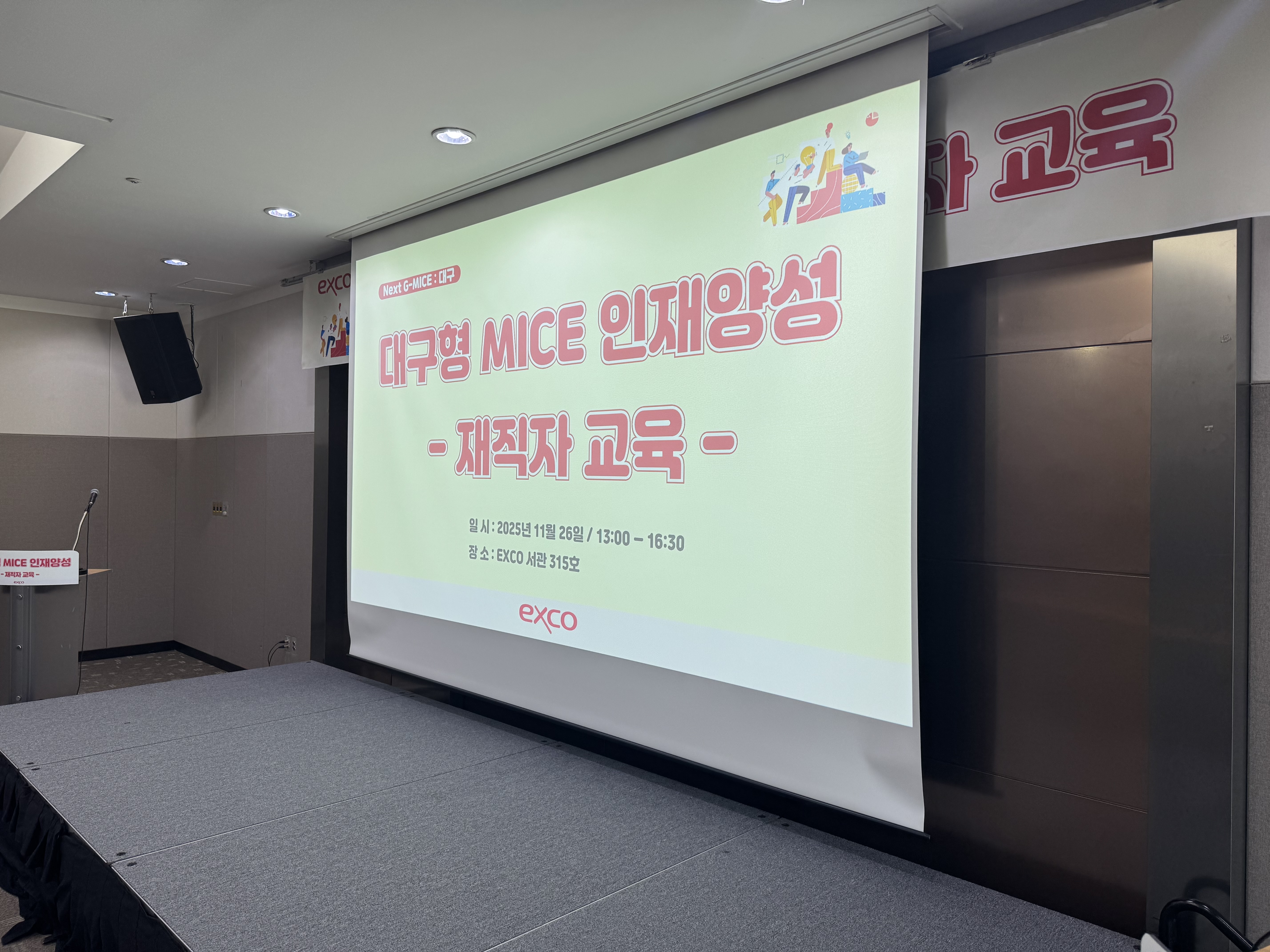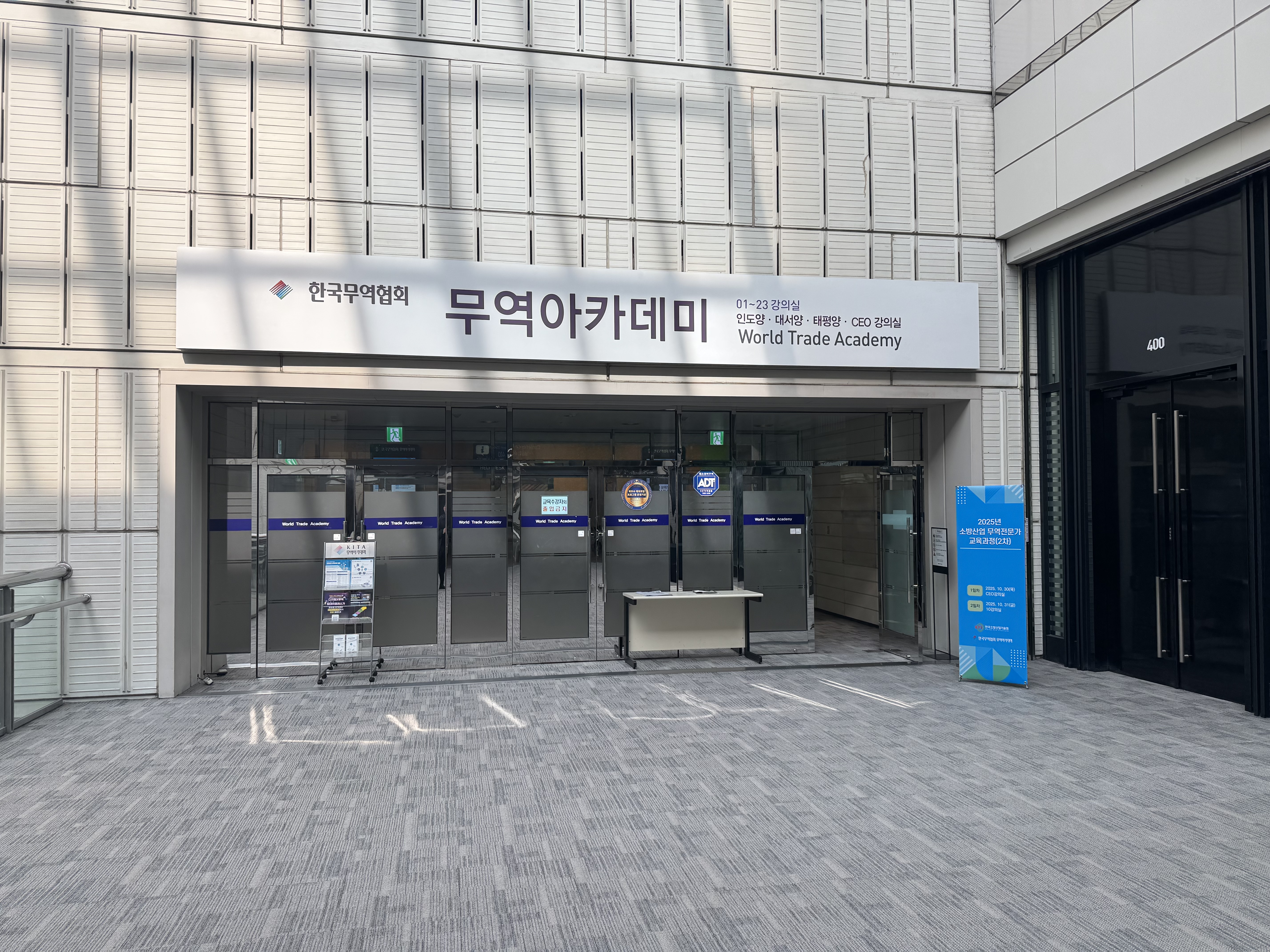Navigating the complexities of Korean SEO can feel like a daunting task, especially with the nuances of Naver’s unique algorithms and strategies. As a digital marketing manager or SEO professional, you’re likely searching for ways to effectively reach Korean audiences and overcome local SEO challenges. This exploration will uncover the must-know insights to optimize your approach and enhance your brand’s visibility in Korea, offering a guiding light through the intricacies of this vibrant market.
Understanding the Korean SEO Landscape: Naver vs Google

Korean SEO is shaped by a unique search engine dynamic unlike anywhere else. In South Korea, Naver maintains a dominant position with approximately 59% to 62.5% market share, while Google trails behind with roughly 31.4%. Unlike global trends where Google is overwhelmingly preferred, Korean search engine optimization must account for this local preference. While Google has been gaining traction thanks to its transparent algorithms and global familiarity, Naver still defines the core rules of visibility in Korea’s online space.
Naver isn’t just a search engine—it’s a content ecosystem. Its SERP doesn’t function like Google’s list-based layout; instead, it resembles a portal site where various modules appear, from blog posts to shopping results and Q&A content. Most of that content is hosted on Naver-owned platforms such as Blog, Café (online communities), KnowledgeIn (user-generated Q&A), and Shopping. If your content isn’t on Naver’s ecosystem, you’re much less likely to appear prominently in its search results. Another major difference? There’s no English interface for Naver’s SEO tools or dashboard, making it difficult for non-Korean speakers.
| Feature | Naver | |
|---|---|---|
| Market Share | 59–62.5% | 31.4% |
| Interface Language | Korean only | Multilingual including Korean |
| SERP Style | Portal-style with modular layout | List-based organic results |
| Content Sources | Naver Blog, Café, KnowledgeIn, Shopping | Web-wide indexing and crawling |
| SEO Transparency | Less transparent algorithmically | More transparent with clear guidelines |
For marketers navigating the South Korean SEO landscape, it’s crucial to craft dual strategies: one optimized for Google’s global standards and another tailored to Naver’s internal ecosystem. That means more than just translating content—it involves platform-specific publishing, localized keyword targeting in Korean (for example: understanding “SEO meaning in Korean”), and learning how to leverage tools like Naver Search Advisor despite the language barrier. Only by respecting both sides of this search engine coin can you achieve full visibility across Korea’s highly digital audience.
Korean SEO Strategy Essentials for 2025

If you’ve been applying global SEO methods and expecting results in Korea, it’s time to rethink your approach. Korean SEO operates under a completely different set of rules—largely because Naver, not Google, still dominates the search scene. Unlike Google’s focus on crawling the entire web, Naver prefers its own ecosystem and algorithmically prioritizes internally hosted content and user trust signals. That means even the cleanest, fastest global site might flop in Korea unless it speaks Naver’s language—literally and tactically.
Here are some of the best Korean SEO practices that marketers must prioritize in 2024
7 Essential Korean SEO Tactics
1)Localized keyword research
Use Korean keywords with true local intent—avoid direct translations from English.
2)Content creation for Naver Blog & Café
Content published directly on these platforms ranks better than website blog posts.
3) Using Naver Search Advisor
This Naver-specific tool helps track indexation, visibility, backlink health, and SEO opportunities in the local SERP context.
4) Submitting detailed sitemaps (for Yeti)
Since Yeti (Naver’s crawler) is less capable than Googlebot, well-structured sitemaps are critical for proper indexing.
5) Monitoring brand mentions and backlinks
C-Rank assesses authority based on content quality and user engagement—including how often a brand is discussed on trusted domains or communities.
6) Optimizing metadata for Korean language
Title tags and meta descriptions should sound natural in Korean—no keyword stuffing or awkward grammar.
7) Leveraging influencer marketing via Kakao & Naver platforms
Native influencers drive direct social signals to blog posts or shopping listings that impact rankings more than traditional backlinks alone.
These effective Korean SEO techniques align closely with changes introduced by Naver’s algorithm update in May 2021. Under the C-Rank system, user trust signals like relevant blog activity and engagement within Naver Café matter more than external domain authority. Following this tailored Korean SEO guide, instead of copying Western playbooks, ensures your content lands where Korean users actually search—and click.
Key Features of Naver’s SERP and Ranking Signals

Naver’s SERP isn’t structured like Google’s clean, list-style format—it’s a full-on portal. Instead of relying on external websites, Naver fills its search results with content pulled from its own platforms like Naver Blog, Café, KnowledgeIn, and Shopping. Each SERP is a layered mix of ads, blog posts, community Q&A responses, and shopping modules. Paid placements often dominate the upper sections, pushing organic visibility down the page unless your content is native to Naver’s ecosystem. This drastically alters Korean SEO performance dynamics compared to global approaches, requiring deeper local adaptation.
Ranking on Naver involves decoding its C-Rank algorithm—short for Creator Rank. Introduced formally after the May 2021 Korean SEO updates, C-Rank evaluates the content authority of a specific blog or profile rather than applying universal domain authority concepts like Google does. It tracks how active a creator is across Naver services, how much engagement their content gets via likes and comments, and even measures reader dwell time. These behaviours feed into Naver’s judgment on whether a blog post or answer deserves exposure in organic results.
5 Naver Ranking Signals
- Authority of content creator (C-Rank)
- Relevance to user query
- Freshness of content
- Interconnected social signals
- Site structure and sitemap completeness
For brands focused on Korean SEO ranking factors in 2024, understanding these signals is critical—not just for creating better content but also for shaping Korean SEO site architecture that plays nicely with Yeti (Naver’s bot) and aligns with its algorithmic priorities.
Korean SEO Services: What to Expect from Top Agencies

In the Korean SEO landscape dominated by Naver, hiring the right agency is like unlocking a whole new internet. Since South Korea’s primary search engine plays by entirely different rules compared to Google, working with a Korean digital marketing agency isn’t optional—it’s essential. From platform-specific strategies to data-driven consultations, these agencies help businesses appear where Korean users actually browse: Naver Blog, Café, Shopping, and KnowledgeIn.
Typical South Korean SEO services include keyword research in native Korean (not just translations), basic technical audits, and content direction. But if you’re working with a top Korean digital marketing agency—like InterAd—you can expect high-level coverage including structural optimization for C-Rank, localized UX analysis, and performance tracking using tools like Naver Search Advisor and Data Lab analytics.
Below is a comparison table showing what differentiates a standard SEO offering from a top-tier Korean SEO consultation
| Service | Standard Agency | Top-Tier Agency |
|---|---|---|
| Keyword Research | Direct translations; surface-level volume check | Native intent discovery using Naver Data Lab & trends |
| Technical SEO | Basic sitemap and speed checks | C-Rank optimisation, Naver bot (Yeti) crawl tuning |
| Content Strategy | Mainly website blog-focused | Naver Blog & Café-specific publishing schedules |
| Platform Integration | Lacking or generalised for global platforms | Custom plans for Naver platforms plus Kakao channels |
| Reporting Tools | Google Analytics only | Naver Search Advisor + localised KPI tracking |
To evaluate an agency’s effectiveness, check if they offer actions over promises: Do they apply insights from Naver Search Advisor? Are they measuring brand engagement across Kakao and internal content properties? The best agencies skip link-building vanity metrics and focus on tactics that move ranks inside Korea’s algorithmic sandbox.
Optimizing Korean E-Commerce Sites for SEO

South Korea’s e-commerce market is worth a staggering $530 billion, making it the 5th largest in the world. But sheer size isn’t the only important factor here—Korean consumers overwhelmingly shop via mobile. So if you’re not prioritizing Korean mobile SEO, your site might as well not exist. Success in this space depends on a solid Korean SEO content strategy that’s highly localized and tailored for platforms like Naver Shopping, where most people begin their product searches.
6 Ways to Optimize Korean E-Commerce Sites
1)Mobile-first website design
Koreans shop on-the-go, so your site must be responsive, easy to browse on smaller screens, and fully functional without pinching or zooming.
2)Integration with Naver Shopping
Listing products directly on Naver Shopping increases visibility and credibility immediately. This is fundamental to improving Korean website visibility since native listings often rank higher in Naver SERPs than external sites.
3)Localized product descriptionsSkip direct translations.
Write copy that sounds like it was written by a local—using proper spacing, cultural nuances, and relevant Korean slang where appropriate—to appeal to actual shoppers.
4) Optimized image search tags
Many Korean consumers use image search for product discovery. Tagging images correctly enhances mobile visibility both in Naver and Kakao platforms.
5) Fast-loading mobile pages
If your page doesn’t load within 3 seconds on LTE or 5G networks, they’ll bounce. A snappy experience directly impacts conversion as well as search rankings.
6) Use of Kakao for social proof
Kakao is more than a messenger—it’s Korea’s life platform. Sharing reviews or customer stories via Kakao channels builds community-driven trust that affects rankings through social signals.
As shopping behaviour in Korea becomes faster and more trend-sensitive, aligning with native buyer expectations isn’t optional—it’s survival. Focus your Korean SEO for e-commerce approach around localized storytelling, speed, and platform-native visibility boosters like Naver Shopping listings or Kakao-powered reviews, and you’ll stand out where it matters most: directly in front of mobile-first consumers who are ready to buy.
Korean SEO Keyword Research & Content Localization
Effective Korean SEO starts with something many marketers underestimate: Korean keyword research is not a direct translation job. English-centric strategies break down quickly when faced with Korea’s highly contextual and nuance-rich language. Terms with seemingly similar meanings in English and Korean differ drastically in user intent, trending usage, and platform behavior.
Global keyword tools also fall short here. Naver—the leading search engine in South Korea—offers its own keyword research ecosystem that’s entirely in Korean. Naver Data Lab and Search Advisor provide keyword suggestions based on Naver user behavior, but they require local fluency to interpret effectively. Without native insight, even well-built pages can miss the mark.
| Element | Global SEO | Korean SEO |
|---|---|---|
| Keyword Tool | Google Keyword Planner, SEMrush | Naver Search Advisor, Data Lab |
| Language Complexity | Lower nuance dependency | Requires culturally-aware phrasing & spacing rules |
| Content Format | Long-form blog or landing page | Naver Blog posts, Café comments, KnowledgeIn Q&A |
| Blog Importance | Optional credibility booster | Essential for ranking; preferred by C-Rank algorithm |
| Search Intent | Broad match is acceptable | Niche specificity preferred; context closely tied to culture/trends |
When crafting your Korean SEO content strategy, localization must go beyond simple translation. You need tone-appropriate FAQs for KnowledgeIn, lifestyle-oriented reviews on Naver Blog, or even user-generated cafés tailored to specific shopping or interest niches. For example, a high-performing beauty brand in Korea will use conversational styles with emotive punctuation (“오… 대박”) that signal authenticity among younger users. Mastering this mix of technical skill and cultural literacy is critical when optimizing SEO for Korean websites.
Building Authority in Korean SEO Through Link & Community Strategies
Building Korean SEO authority works very differently than global methods. While traditional link building dominates Western SEO, Korean SEO—especially for Naver—functions through platform-based trust, brand activity, and native content presence rather than third-party backlinks. Naver’s algorithm, including C-Rank, places higher weight on user engagement inside its ecosystem than on external links.
5 Ways to Build Korean SEO Authority
Active participation in Naver Cafés
Joining niche Cafés and contributing quality posts helps build brand familiarity among real users. These community interactions signal relevance to Naver’s search algorithm.
Content publishing on Naver Blog
Running a consistent Naver Blog with keyword-optimised posts improves visibility. Blog content can outrank external websites simply because it lives inside the Naver ecosystem.
Localized influencer partnerships
Partnering with micro-influencers familiar to your specific industry or region generates authenticity. Their posts drive engagement directly within platforms that feed into Naver’s signals.Encouraging
brand mentions in forums
Posts in user-driven platforms like KnowledgeIn or Daum Café that naturally mention your brand enhance perceived authority without artificial backlinking.
Regional SEO campaign adjustments
Tailoring message tone and content formats for different Korean locales improves local relevancy, boosting rankings through geo-specific engagement metrics.
To succeed long-term, brands should embed themselves in local conversation hubs like Naver Café, where audiences actively engage with niche interests. Influencer strategies must focus less on scale and more on trust—ensuring endorsements live inside platforms like Kakao Story or Blog rather than just Instagram. That’s what moves the visibility needle in Korean SEO without relying solely on traditional Korean link building strategies.
Tracking Korean SEO Results and Performance Metrics
To measure Korean SEO results accurately, local tools are essential—especially Naver Search Advisor. Unlike Google Analytics, which tracks broad web activity, Naver’s tool focuses on performance within its own ecosystem. It provides limited but powerful data such as blog pageviews, keyword rankings within Naver SERPs, and backlink traffic. Since most content surfaces through Naver Blog or Café, these metrics aren’t just helpful—they’re critical. You’ll also want to track social reach via integrations with platforms like Kakao and monitor how your posts are picked up across Café communities or KnowledgeIn Q&A.
Beyond raw traffic numbers, ongoing Korean SEO audits can uncover invisible blockers and reveal sitewide issues tied to performance. A proper audit goes deeper than technical compliance—it checks for content relevance across Naver-owned properties, mobile usability (a major ranking factor), and internal link structures readable by Yeti (Naver’s relatively weak crawler). These Korean SEO insights help marketers prioritize fixes based on local algorithms rather than Google-centric best practices. By running consistent audits, teams can adapt to SERP changes especially after major updates like C-Rank adjustments in 2021.
4 Korean SEO Performance Metrics
-Naver Blog traffic & engagement
-Keyword visibility in Naver SERPs
-Mobile usability scores
-Social signal integration
Korean SEO Success Stories & Market Trends
One standout Korean SEO success story is how a global beauty brand—previously underperforming in the region—dramatically increased visibility by localising not just its website, but its entire content strategy. Instead of just translating its English blog, the company launched a Naver Blog managed by Korean content creators, partnered with influencers active in Naver Café communities, and optimised product listings on Naver Shopping. Within six months, Naver Search Advisor data showed a 350% increase in organic traffic, and their brand began trending in both Data Lab and KnowledgeIn queries.
4 Current Korean SEO Trends
AI-generated localized content
Brands are now using AI tools trained in Korean to create content that fits cultural tone and spacing norms, improving ranking potential across platforms like Naver Blog.
Short-form video integration in SERPs
Platforms like Naver TV inject video clips into search results. Businesses succeeding here often accompany blogs with short-form video summaries or influencer reviews.
Real-time e-commerce SEO (live shopping)
Live shopping shows on Kakao and Naver increase traffic to linked product listings, boosting rankings through immediate engagement metrics.
Voice search optimization in Korean
With more users using Siri and Naver Clova for queries, natural-sounding long-tail keywords are becoming essential for appearing in voice-driven result modules.
The South Korean SEO market moves quickly, blending trend-aware strategies with culturally fluent execution. To win here, businesses must stay localised, experimental, and deeply tuned into platforms like Kakao and Naver—not just Google.
Conclusion: Navigating Korean SEO
Understanding Korean SEO, particularly with Naver’s distinct systems, can be overwhelming. Yet, it is essential for any digital marketing manager or SEO professional aiming to penetrate the Korean market effectively. We’ve explored various strategies, focusing on full-funnel approaches and the specific nuances between global and local practices. Addressing challenges such as off-page optimization and tailoring content effectively for Naver can significantly enhance marketing outcomes.
I hope you found these insights helpful in demystifying Korean SEO. Remember, the key lies in adapting to local preferences while staying informed about the ever-evolving algorithms. Your pursuit of enhancing your brand’s presence in Korea will benefit from integrating these strategies, simplifying the complex nature of reaching Korean audiences efficiently. Thank you for delving into this guide, and may your efforts lead to success in this dynamic market.







